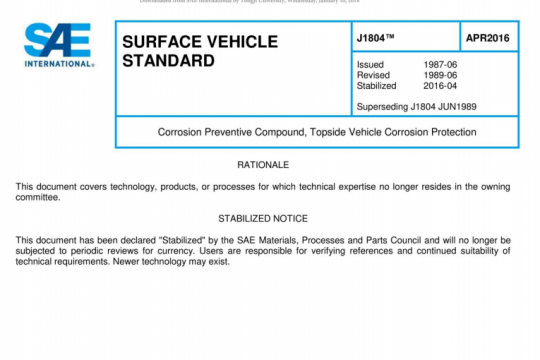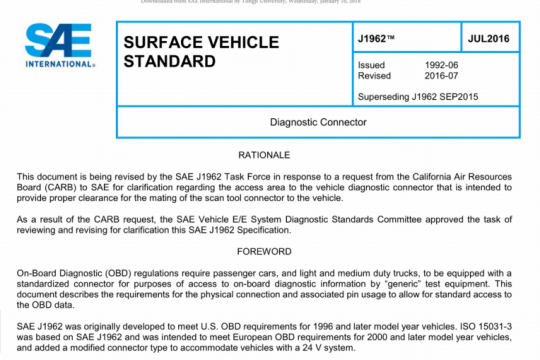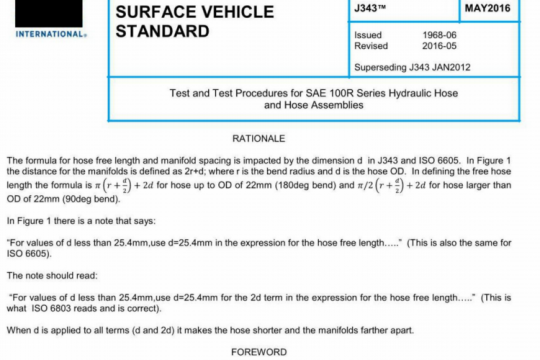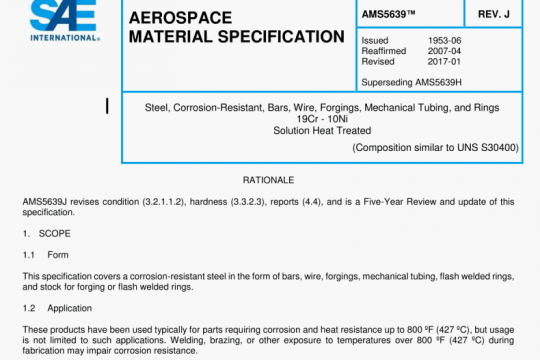SAE AS 1814F:2020 pdf free
SAE AS 1814F:2020 pdf free.Terminology for Titanium Microstructures
ALPHA-BETA STRUCTURE: A microstructure which contains both alpha and beta as the principal phases at a specific temperature. It is composed of alpha, transformed beta, and retained beta. Structure shown in Figure 4 is typical of mill annealed Ti 6AI-4V; similar structure shown in Figure 18 is more typical of recrystallization annealed Ti 6AI-4V.
ALPHA CASE: The oxygen enriched, alpha-stabilized surface which results from elevated temperature exposure to environments containing oxygen or air (Figures 5A, 5B, and 5C). Alpha case is normally hard, britle, and considered detrimental.
ALPHA PRIME: A supersaturated, acicular nonequilibrium hexagonal phase formed by a diffusionless transformation of the beta phase. It occurs when cooling rates are too high to permit transformation by nucleation and growth. It exhibits an aspect ratio of 10:1 or greater. Also known as martensite or martensite alpha (Figure 6).
ALPHA DOUBLE PRIME (ORTHORHOMBIC MARTENSITE): A supersaturated nonequilibrium orthorhombic phase formed by a diffusionless transformation of the beta phase in certain alloys. It occurs when cooling rates are too high to permit transformation by nucleation and growth. It may be strain induced during working operations and may be avoided by appropriate in-process annealing treatments.
ALPHA STABILIZER: An alloying element which dissolves preferentially in the alpha phase and raises the alpha-beta transformation temperature. Aluminum is the most commonly used alpha stabilizer. Interstitial elements such as oxygen and nitrogen are also potent alpha stabilizing elements.
BLOCKY ALPHA: Alpha phase which is considerably larger and more polygonal in appearance than the primary alpha present. It may result from extended exposure high in the alpha-beta phase field following slow cooling through the beta transus during forging or heat treating operations. It may be removed by beta recrystallization or by all-beta working followed by further alpha-beta work. May accompany grain boundary alpha or even have its origin as large grain boundary alpha or coarse alpha platelets. Microhardness not significantly different from surrounding normal alpha-beta matrix (Figure 9).
COLONIES: Regions within prior beta grains with alpha platelets having nearly identical orientations. In commercially pure titanium, colonies often have serrated boundaries. Colonies arise as transformation products during cooling from the beta field at cooling rates slow enough to allow platelet nucleation and growth (Figures 7A and 7B).SAE AS 1814F pdf free download.




